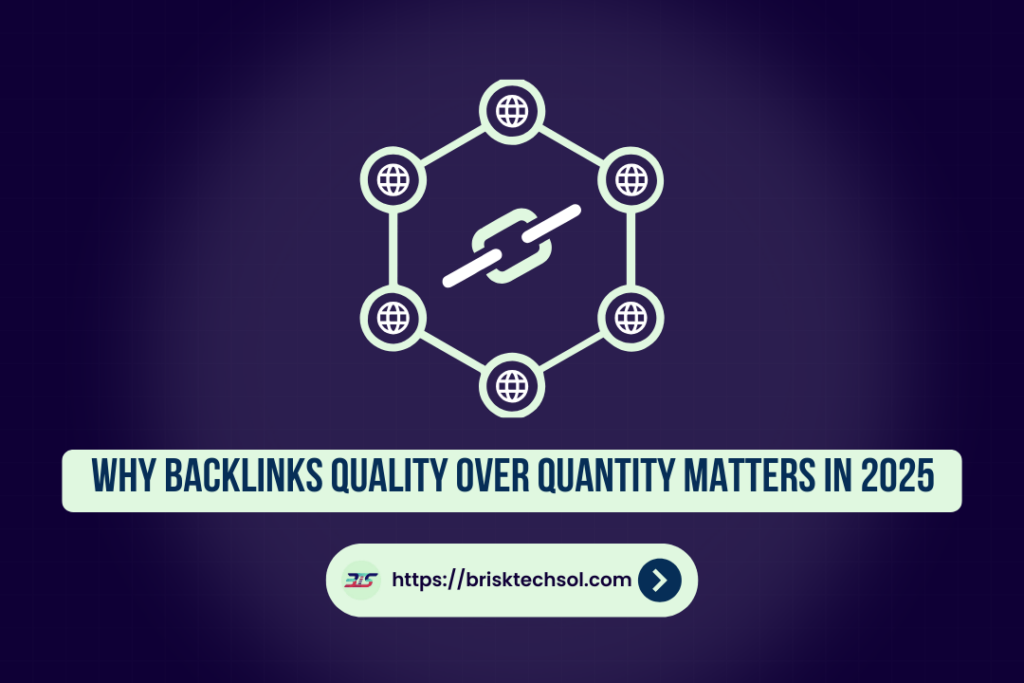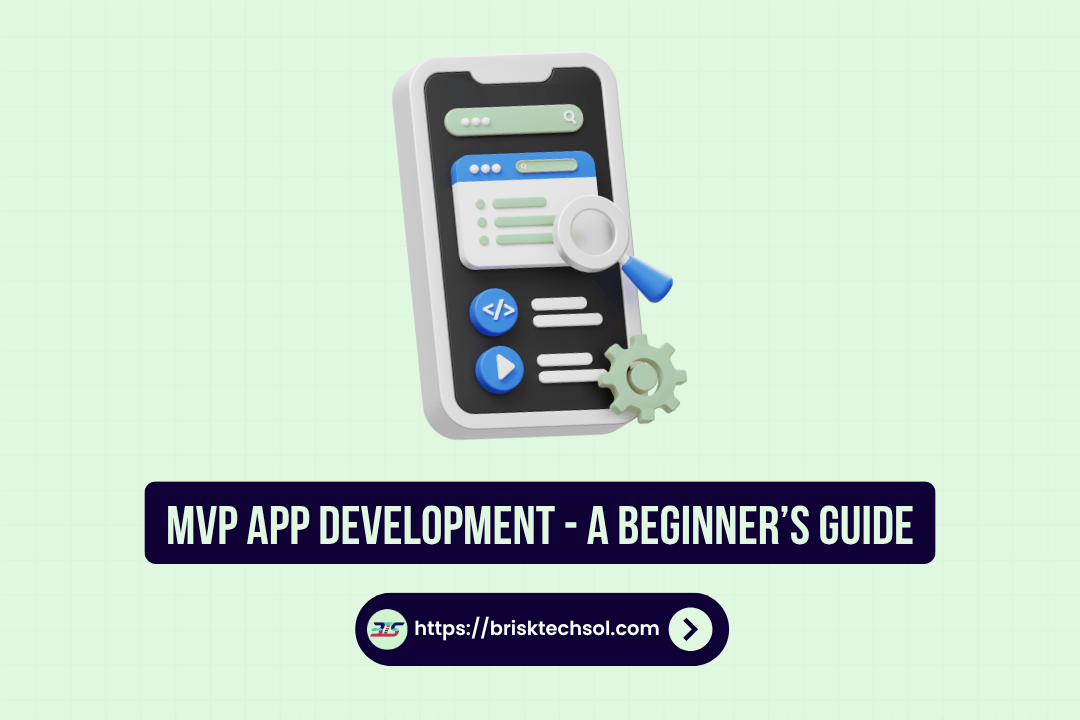In SEO world, one truth stays the same: quality always matters more than quantity. As we move into 2025, search engines keep getting better at what they do, putting even more focus on the trust, relevance, and strength of backlinks. This article explains why high-quality backlinks are key to a winning SEO plan, how they differ from simply having lots of links, and offers practical tips to build a solid link profile that lasts.
What are Backlinks and Why Do They Matter?
Before we get into quality vs. quantity, let’s clarify what backlinks are and why they matter.
Backlinks, also known as “incoming” or “inbound links,” are links from one website to another. From an SEO perspective, backlinks act as “”votes of confidence.”” When reputable websites link to your content, search engines view your site as trustworthy and relevant, boosting your rankings on search engine results pages (SERPs). However, not all backlinks are created equal. That’s where the quality vs. quantity debate comes into play.
Types of Backlinks
Backlinks generally fall into two categories:
- DoFollow Backlinks: These pass SEO value (link juice) from the referring site to yours. They directly impact your page ranking.
- NoFollow Backlinks: These do not pass link juice. While helpful for generating traffic, they don’t have much impact on SEO performance.
Quality Backlinks and Their Characteristics
High-quality backlinks are like glowing recommendations from industry experts. They’re incredibly valuable, but they take time and effort to secure.
What Defines a Quality Backlink?
Here are the key factors that make a backlink high-quality:
- Relevance
Does the referring website align with your niche or industry? Google values context. For example, if you run a fitness blog, backlinks from a health or wellness website carry more weight than those from a car repair site.
- Authority
Links from high-authority domains — like Forbes, Hubspot, or Healthline — send a strong signal of trust to search engines. Metrics like Domain Authority (DA) and Domain Rating (DR), as measured by tools like Moz or Ahrefs, help determine website authority.
- Natural Placement
Quality backlinks appear naturally within the context of the content. For example, a link embedded within an informative article is more valuable than one stuffed into a footer or sidebar.
- Traffic Potential
High-quality backlinks often provide referral traffic because the links come from websites with significant visitor engagement.
- DoFollow Links
For SEO benefits, a quality backlink should be a DoFollow link. While NoFollow links offer value for visibility, they don’t directly impact rankings.
Benefits of Quality Backlinks
- Improved search engine rankings
- Increased trust and credibility in your niche
- Long-term referral traffic
- Better chances of earning additional backlinks from reputable sites
The Downsides
- Time-Consuming: Securing links from high-authority sites often requires effort, like creating exceptional content or forming partnerships.
- High Costs: Hiring experts or running outreach campaigns can be expensive.
The Role of Backlink Quantity
While quality focuses on trust and relevance, quantity revolves around building a larger number of links in a short time.
When Does Quantity Matter?
A high number of backlinks, even from average domains, can still have some impact on SEO — but only up to a point. Here’s when focusing on quantity might work for you:
- When your website is new and has little exposure
- When you’re building foundational visibility in your niche
Risks of Low-Quality Links
Not all backlinks are good backlinks. Links from spammy, irrelevant, or untrusted sites can trigger penalties from Google, damaging your website’s credibility and rankings. Examples include:
- Links from sites with no relevance to your niche
- Links purchased from low-quality directories
- Links embedded into poorly-written, generic content
Quick Advantages of Quantity
- Faster recognition for new websites
- Higher potential for short-term ranking boosts
- Increased brand visibility across smaller platforms
Long-Term Drawbacks
- Diminished impact over time compared to high-quality links
- Increased risks of Google penalization for spammy practices
Quality vs. Quantity: The Winning Approach
Now that we’ve outlined both sides, one thing is clear — the best link-building strategy doesn’t force you to choose between quality and quantity. Instead, it strikes a balance.
Comparing Quality and Quantity
| Aspect | Quality Backlinks | Quantity Backlinks |
|---|---|---|
| Impact on Rankings | Long-term, stable rankings | Quick but short-lived ranking boosts |
| Trustworthiness | High trust and credibility | Moderate, depends on linking sites |
| Effort/Time Required | High | Moderate to Low |
| Risk of Penalty | Low | Higher if links are from spammy sites |
| SEO Longevity | Strong long-term benefits | Temporary gains |
Ideal Backlink Strategy for 2025
- Focus on Balance
While building foundational links (quantity), actively pursue a few authoritative, high-quality links every month.
- Relevance First
Prioritize securing backlinks from sites in your niche for greater impact.
- Audit Your Backlink Profile
Use tools like Ahrefs or SEMrush to regularly monitor your backlink portfolio and disavow any harmful links.
- Leverage Diverse Methods
Combine methods like guest blogging, resource link campaigns, and broken link building to diversify your backlinks.
Tools to Measure Backlink Quality and Quantity
Here are some tools that can help:
- Ahrefs for tracking backlink profiles and domain ratings
- SEMrush for auditing backlink quantity and researching competitors
- Moz Link Explorer for monitoring your Domain Authority
- Google Search Console to review who’s linking to your website
- Majestic for evaluating link trust and citation flow
Actionable SEO Steps to Optimize Backlinks
- Create Shareable Content
High-quality, informative content is the best way to attract natural backlinks over time. Consider guides, original research, case studies, or infographics.
- Engage in Guest Blogging
Write guest posts for websites in your industry to earn valuable backlinks.
- Fix Broken Links
Find broken links on authoritative websites and offer your content as a replacement.
- Claim Unlinked Mentions
Look for mentions of your brand online and ask site owners to link back to your content.
- Disavow Bad Links
Use Google’s Disavow Tool to neutralize harmful backlinks from spammy websites.
Conclusion
As we move into 2025, focus on quality over quantity when building backlinks. High-quality links boost your site’s trust, improve rankings, and drive organic traffic. Stick to proven tips like creating great content, guest blogging, using digital PR, and monitoring your links to stay ahead of competitors.
FAQs
Q1: What makes a backlink high-quality?
A high-quality backlink comes from a respected, trusted site that is related to your topic. It is naturally placed within useful content, giving genuine context and trust to your site.
Q2: How can I tell if my backlinks are good quality?
You can use SEO tools like Moz, Ahrefs, or SEMrush to check details such as domain strength and trust scores. Regular audits help you keep your backlink profile healthy.
Q3: Is it better to have a few high-quality backlinks or many low-quality ones?
Having a few high-quality backlinks is much more helpful than many low-quality ones. Search engines value links that show trust, relevance, and real user engagement.
Q4: What are some effective ways to build high-quality backlinks?
Good methods include creating outstanding content that others want to share, guest blogging on trusted sites, using digital PR, fixing broken links, and building a community around your brand.
Q5: How do search engine updates affect backlink quality?
Updates from search engines increasingly target fake link-building methods. These updates favor sites with natural, high-quality backlinks and punish those that rely on spammy, low-quality links.









